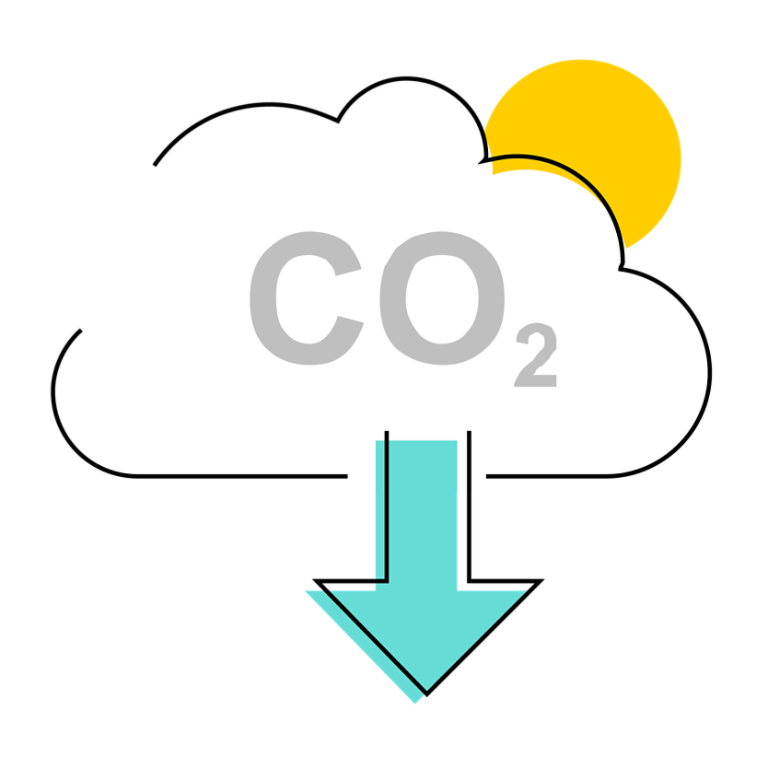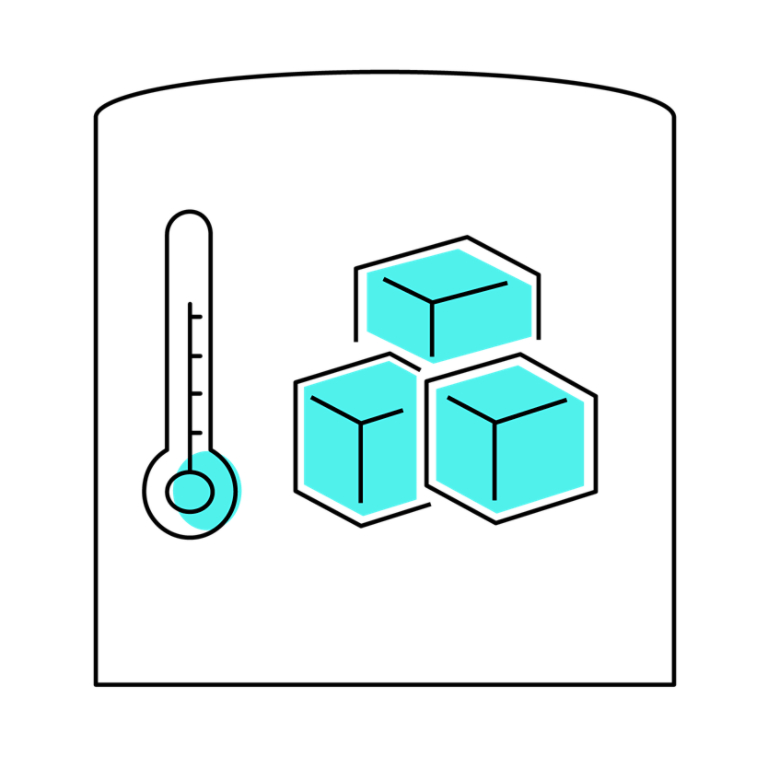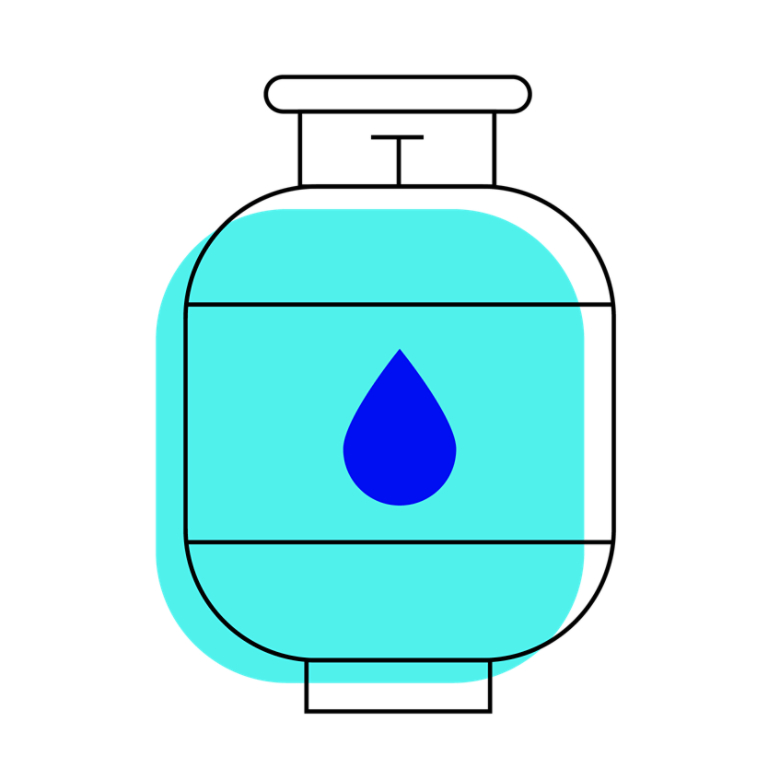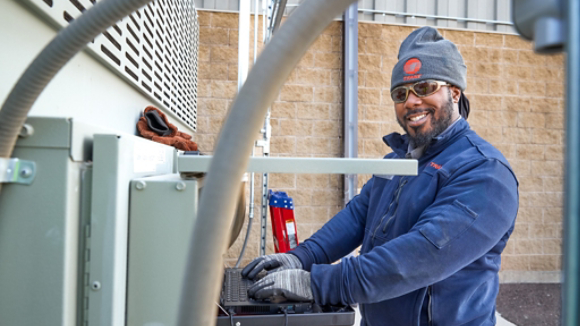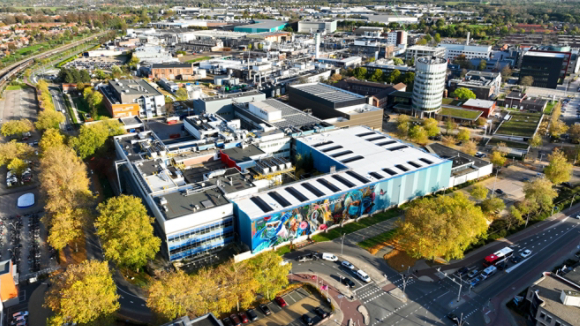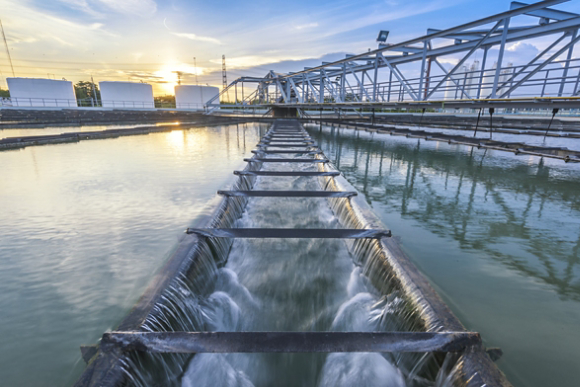September 05, 2025
The Electrification and Decarbonization of 55 Water StreetWe’re innovating for impact. 55 Water Street’s electrification and decarbonization initiative leverages thermal management technology to transform one of New York City’s largest properties into a model for sustainable buildings, aligning energy and sustainability goals.

 English
English


